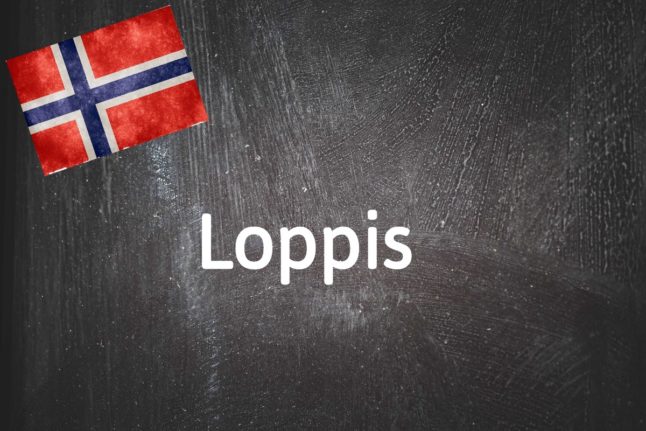While most Norwegians are competent and confident English speakers, this doesn’t apply to everyone. Additionally, their vocabulary may not cover the full extent of medical and dental procedures – or they may naturally switch to talking to you in their native tongue when asking questions or providing information.
Therefore, having some handy vocabulary in the bank can help you bridge any potential language gaps between you and your dentist.
Most people heading to the tannlege (dentist) will be heading there for a routine checkup (en sjekk hos tannlegen). People are advised to have their tenner (teeth) checked out every six months. Although fear of the dentist may mean that many will put this off much longer.
Once in the dentist’s seat, you may be asked, “kan du åpne munnen?” (can you open your mouth?). You may be given some munnvann (mouthwash) and told to spytt ut (spit it out). The dental assistant (tannlegeassistent) may take care of these steps while the dentist prepares for the rest of the examination.
From there, it’s onto the appointment proper. The dentist will begin inspecting your teeth and your tannkjøtt (gums- literally meaning ‘teeth meat’) for signs of tannråte (tooth decay) and karies (tooth decay). Plaque will also be on the agenda, and the dentist may opt to fjerne plakk på tennene (remove the plaque).
When taking a closer look at your teeth and gums or trying to remove plaque, the dentist or assistant may kindly ask you to snu hodet mot meg (turn your head to me). During this, your dentist may recommend you use dental floss (tanntråd) more often or replace your tannbørste (toothbrush).
If you are lucky, that may signal the end of your appointment. However, if your teeth haven’t fared so well since your last visit to the dentist, then it may mean you need further treatment. A røntgen (x-ray) may be required to determine the extent of the treatment.
In the event you do need some work done on your teeth, then there are a number of common treatments. The most common of these is fylling (quite intuitively meaning filling). While some will get off lightly with a filling, other patients will be required to have some more extensive (and painful) procedures done.
Should you need more comprehensive work done to your teeth, you may be asked to lukk munnen (close your mouth) in preparation for the bad news. This is because the dentist will be speaking about the required treatment.
Treatments range from having a crown (få en krone), trekke en tann (having a tooth removed) or the dreaded root canal treatment (rotfylling). If more extensive treatment is required, then it may be a good idea to ask for bedøvelse (anaesthetic).
Unfortunately, Norway’s comprehensive and robust healthcare system doesn’t cover dental care. The exceptions to this are children, who get free dental care until turning 18. Meanwhile, younger adults only need to stump up 25 percent of the total work. Some conditions mean dental bills will be covered through the Helfo system.
This means that you can expect a tannlegeregning (dentist bill) after any appointments or work done on your pearly whites.
READ MORE: How much does going to the dentist cost in Norway?



 Please whitelist us to continue reading.
Please whitelist us to continue reading.
Member comments